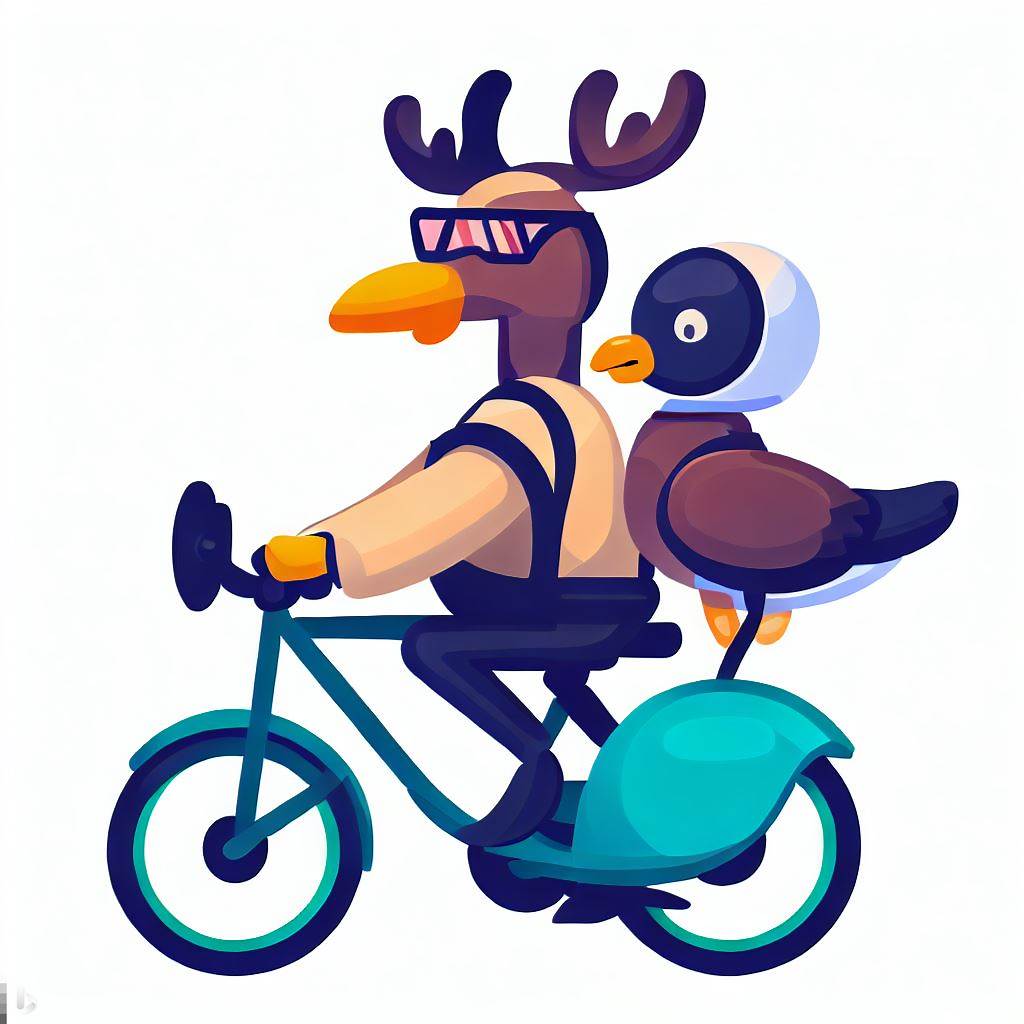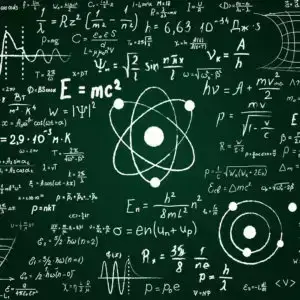Engineers at NASA say they have successfully revived thrusters aboard Voyager 1, the farthest spacecraft from our planet, in the nick of time before a planned communications blackout.
A side effect of upgrades to an Earth-based antenna that sends commands to Voyager 1 and its twin, Voyager 2, the communications pause could have occurred when the probe faced a critical issue — thruster failure — leaving the space agency without a way to save the historic mission. The new fix to the vehicle’s original roll thrusters, out of action since 2004, could help keep the veteran spacecraft operating until it’s able to contact home again next year.
Voyager 1, launched in September 1977, uses more than one set of thrusters to function properly. Primary thrusters carefully orient the spacecraft so it can keep its antenna pointed at Earth. This ensures that the probe can send back data it collects from its unique perspective 15.5 billion miles (25 billion kilometers) away in interstellar space, as well as receive commands sent by the Voyager team.



Not to mention, there is still a scale of size, time and resource contraint. We can’t send humans to Mars with all the tools they don’t know they need yet, just like we can’t send the rovers with all the tools we can imagine.
For humans to benefit from rapid discovery on Mars, they’d need to be able to produce those tools, chemicals, power, etc.
It would take decades to set up anything useful for a longer term mission on Mars, and it again becomes a numbers game. The longer period of time you have to account for, the wider the room for error. I don’t know many people who would be comfortable traveling through space knowing that they may not see Earth again either.
You can compare the trip to the circumnavigation attempts in the age of discovery, you may never see your home again, and die of dehydration in the middle of endless ocean.
But you can still breathe freely in the middle of the ocean. Space is more akin to sittting in a submarine, where to surface you need to travel for several months.